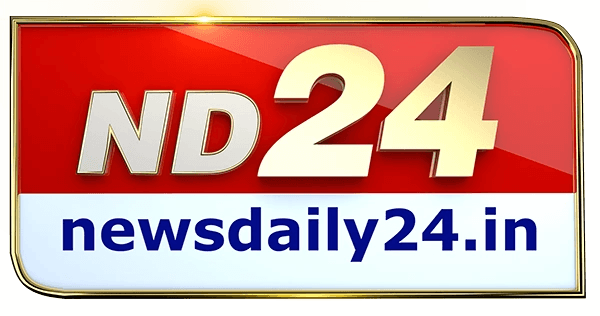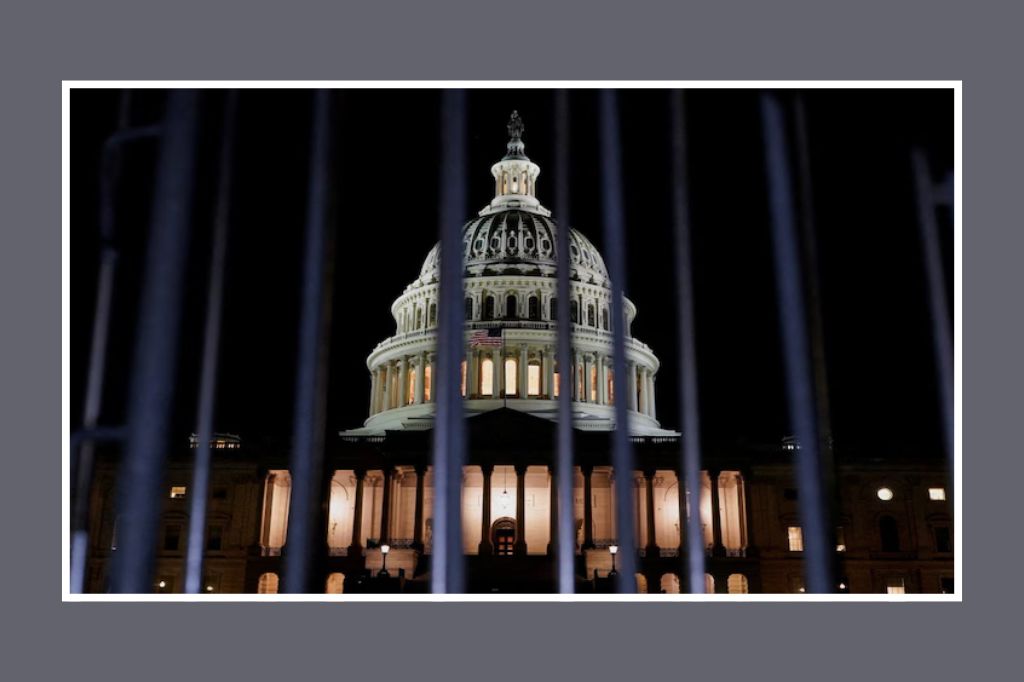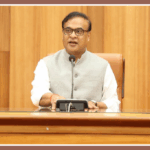The United States government shutdown has entered its fourth day, with no resolution in sight, as political deadlock between Democrats and Republicans continues to stall federal funding decisions. The shutdown is now expected to drag into next week after the Senate once again failed to pass competing funding proposals, and lawmakers have departed Washington for the weekend. The House of Representatives has also signalled no immediate return, leaving the political stalemate unresolved.
At the heart of the dispute are enhanced Obamacare subsidies. Democrats insist the issue must be addressed immediately, while Republicans argue it should be debated later in the year. On Friday, Senate Democrats blocked a Republican-led funding bill, citing concerns over proposed cuts to healthcare and social services, as well as controversial spending measures. The failure to pass the bill has left thousands of federal employees furloughed and disrupted essential services, including national parks, public health programs, and parts of the Department of Homeland Security.
Republican Senator Roger Marshall defended the Trump administration’s decision to freeze federal funding for construction projects in Democratic-run cities during the shutdown. Meanwhile, President Donald Trump warned of potential layoffs and major spending reductions across federal agencies if the impasse continues, emphasizing that the administration is ready to take “irreversible” steps to maintain fiscal discipline.
The shutdown has also affected financial markets, with investors seeking safe-haven assets amid uncertainty. Gold prices have surged to record highs, while the Federal Reserve faces increased pressure to consider interest rate adjustments to stabilize the economy.
The shutdown has even impacted NASA, which has initiated a partial closure of its operations due to the funding lapse. Approximately 97% of NASA’s 18,000 employees have been furloughed, with only essential personnel maintaining critical operations. The disruption has raised concerns over potential delays in upcoming missions, including the Artemis programme, aimed at returning humans to the Moon.
Political analysts note that both parties remain entrenched. Republicans are pushing for budgetary constraints and policy changes, while Democrats demand protections for healthcare and social spending, making a quick resolution unlikely. The current shutdown adds to the long history of US government funding crises, highlighting the ongoing challenges in bipartisan negotiations.
With the House not returning next week and no bipartisan deal on the table, analysts warn that the impasse could extend further. The Senate remains split over healthcare subsidies, while the White House prepares for drastic budget cuts. The key question now is whether pressure from federal employees, state governments, and voters will force a compromise – or if the shutdown will stretch deeper into October, further affecting government operations and public services.







